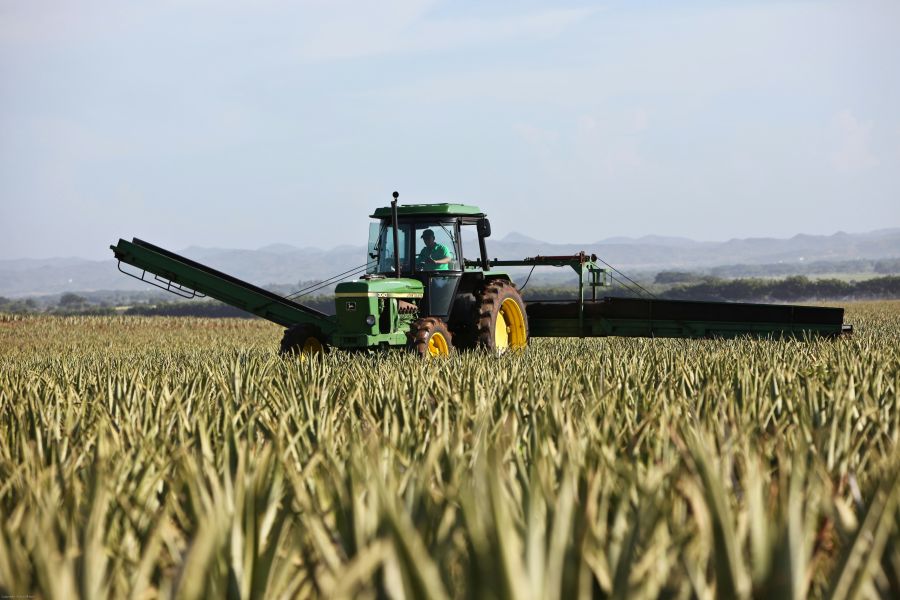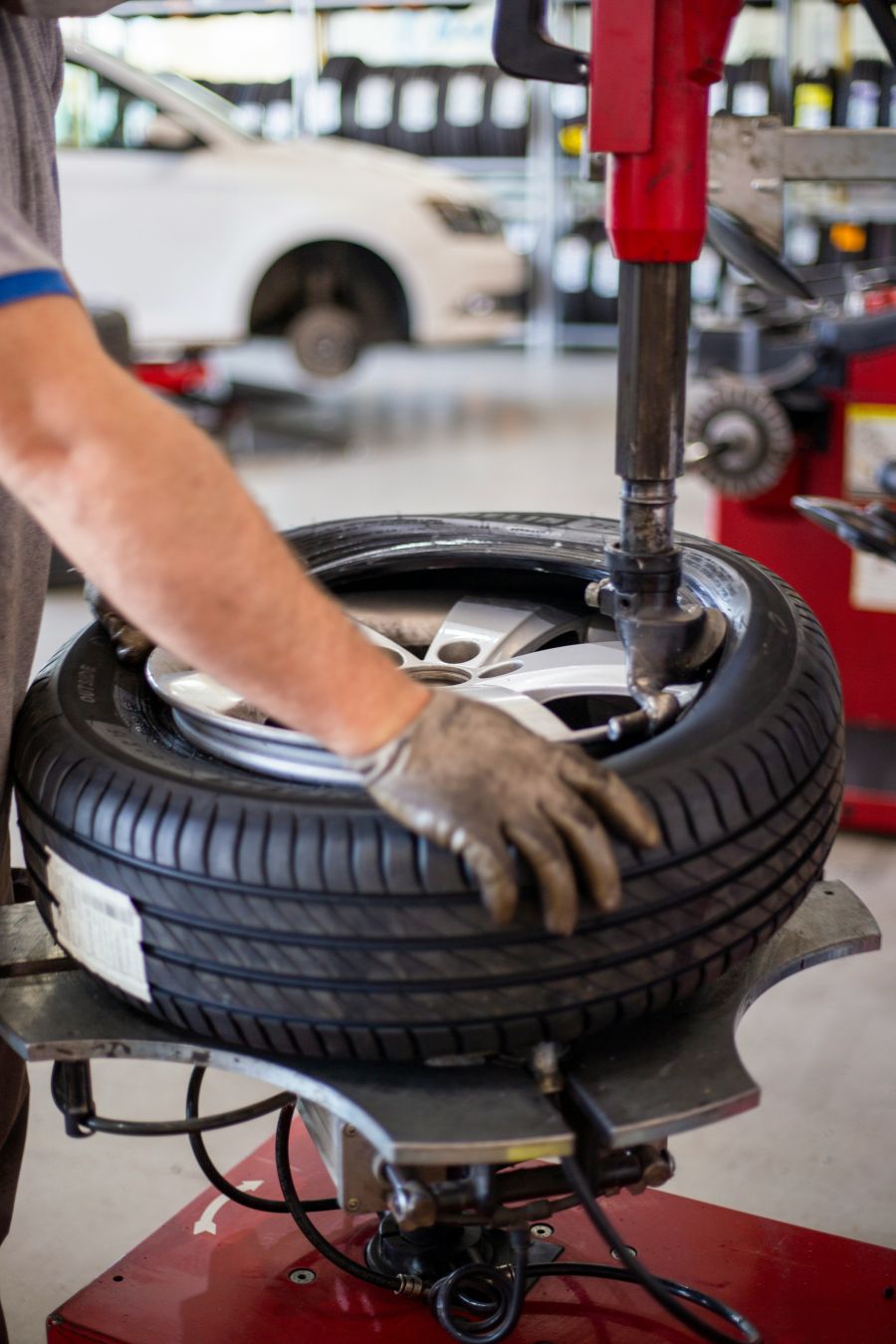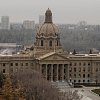Mash together stagnant and inflation and you get 'stagflation'.
It's what's happening in Canada's economy right now -- 3% inflation and nominal growth of 1%.
"What that means in reality is there's a contraction in the economy of 2% annually," said Stephen Johnston, a director with Omnigence Asset Management in Calgary.
"Real GDP (gross domestic product) per capita is going down and there's a reduction in people's wealth and standard of living. And, it's the middle class that's hurt the most by stagflation."

Many average investors, aka, the middle class, continue to put their money into traditional investments in consumer goods and services like there's low inflation and high economic growth, according to Johnston.
But the new stagflation reality means everyday investors should be putting their money elsewhere.
Omnigence's recent white paper -- Is Canadian Growth Dead? Preparing for stagflation and the socio-economic barbell -- suggests investing in farmland, automotive maintenance, healthcare, master franchisors (like quick service restaurants) and light industry is the way to go.

"We're not saying change your entire investment portfolio overnight," stressed Johnston.
"But, we are saying ask your investment advisor these questions. Change how you invest gradually and work toward a portfolio that behaves well when the middle class flatlines."
Omnigence serves both retail investors (people saving into their own registered retirement savings plans (RRSPs) and institutional investors (pension plans and corporate) and has clients in the Okanagan who are retail investors.

The middle class flatlining is what happens in stagflation.
The middle class is shrinking and making less, forcing it to cut costs.
So, the middle class isn't buying new cars as much and hanging onto the cars it has.
Thus, investments in automotive maintenance can be lucrative.
People will always eat, which is why Omnigence is bullish on investments in farmland.
And, the middle class will eat at quick-service restaurants more than mid-level and high-end places, making investments in restaurant franchisors attractive.

Healthcare continues regardless of what's happening in the economy, so wise investments in that sector should be solid.
And light industry is alluring because it actually produces goods that can be sold locally or exported.
"For far too long, the West has had an economy based on 70% consumption of goods and services by the population and only 30% production. That results in stagflation," said Johnston.
"Emerging countries, where there's low inflation and high growth, have 70% production and 30% consumption."
Relentless consumption -- everything from clothes and food and shelter to vacations, restaurant meals and health and beauty buys -- eventually puts the economy into stagflation as governments print money to help people keep up the lifestyle and people's productivity drops off in the pursuit of lifestyle.
It's also linked to the aforementioned socio-economic barbell because it resembles a barbell shape with bulk at one end representing the rich getting richer and bulk at the other end with more and more poor and the thin handle representing the rapidly diminishing middle class.
Johnston suggests peoples' spending habits and investing habits will have to change dramatically as Canada is likely to have stagflation for up to 30 years.
"With our high debt, high house prices, weak currency, low labour productivity, high inflation and low growth, stagflation will only get worse," he said.
"Stagflation is a hard environment to invest in. But, if you ask questions and invest differently it can be done and done successfully to hedge inflation."




















